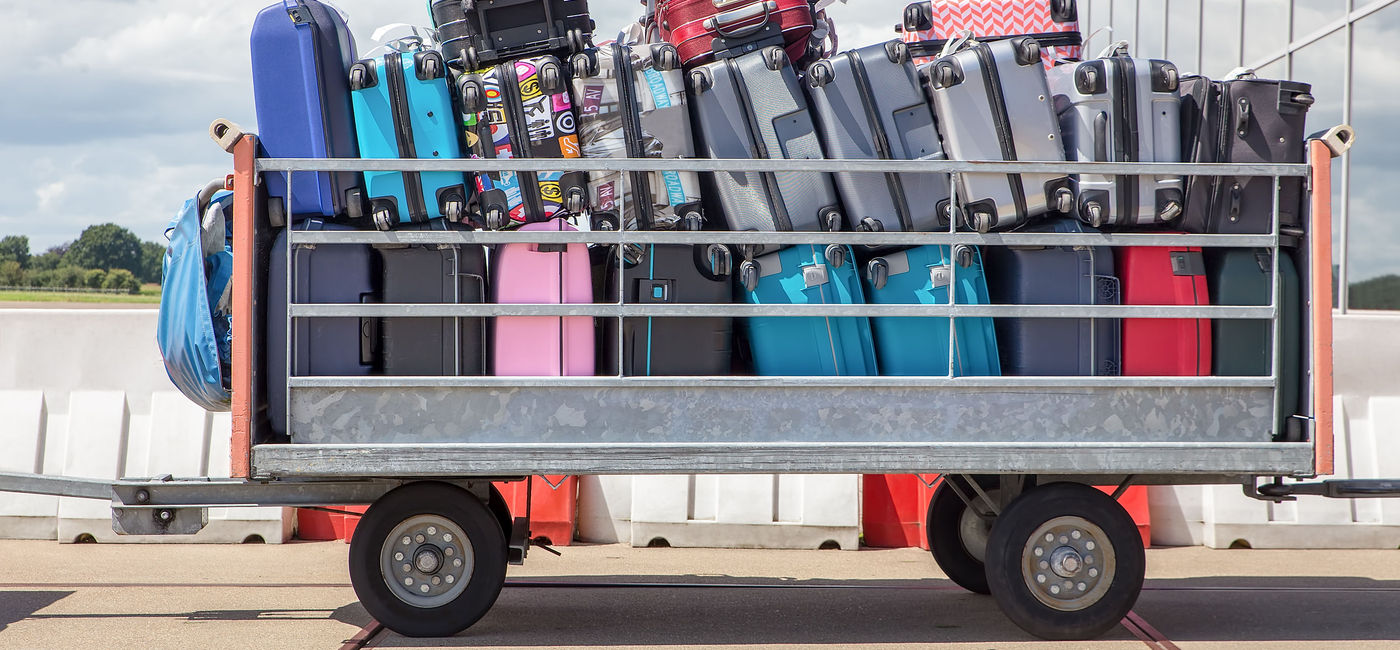How Much Luggage Was Mishandled Amid 2022’s Massive Flight Disruptions?

2022 may go down in history as the year the aviation industry massively messed up its long-awaited post-pandemic comeback. As the year brought one round after another of flight disruptions (i.e., widespread cancellations and delays), airlines admitted to an overall lack of preparedness for what they called a “sudden” and “unforeseen” rebound in consumer demand.
Time and again, they laid the blame on seemingly insurmountable staffing insufficiencies, pilot shortages, new-hire training timelines, extreme weather occurrences, technological blips and an inadequate number of air traffic controllers, among other things.
Whatever the reasons for the situation, scenes of chaos and confusion became commonplace in airports around the world. And, while we may never know the true extent emotional and psychological trauma it inflicted on the traveling public, there is another metric by which we might evaluate the enormity of the airline industry’s collective blunder—that is, by examining one component of its collateral damage: the amount of mishandled luggage.
According to The Guardian, newly compiled data shows that the global rate of luggage mishandling nearly doubled in 2022, with 26 million checked baggage items having been damaged, delayed or lost altogether.
This is especially embarrassing, as it followed more than a decade’s reduction in luggage mishandling figures, which was attributed to digitization, automation, and other routing and tracking process improvements. Instead, last year, the average mishandling rate rose to 7.6 bags per 1,000 passengers, up significantly from 4.35 in 2021 and 5.6 in 2019, according to aviation data and insights provider SITA.
The global air transport communications and information technology company’s newly released Baggage IT Insights report shows that the mishandling rate for domestic flights came in at 2.4 luggage pieces per 1,000 passengers, while the rate for international flights more than eight times as high at 19.3 per 1,000 passengers.
It only makes sense, since flight connections and transfers are a lot more likely to be involved in international trips than those operating only inside a nation’s borders. SITA’s chief executive, David Lavorel, explained that mistakes made as part of flight transfers contributed most highly to baggage mishandling figures in 2022, and accounted for 42 percent of affected checked luggage.
Lavorel called the rise in the baggage-handling blunders an “exponential increase”. He said, “The swift comeback took the industry by surprise,” which left airlines’ limited number of ground handlers struggling to cope with the surge in baggage volumes, given that the size of their workforces was reduced. And, of course, plenty of those being hired would have been inexperienced workers new to the air travel industry.
The report revealed that luggage mishandling rates were significantly worse among air carriers operating in Europe, where the average was 15.7 mishandled bags per 1,000 passengers, as compared with North America’s 6.35 and the Asia-Pacific region’s 3.04 bags per 1,000 travelers.
Altogether, 2022 saw global air passenger traffic rise to 3.42 billion from 2.28 billion seen in 2021, but those numbers were still well below 2019’s pre-pandemic peak passenger volume of 4.54 billion. Of the 26 million bags that were mishandled last year, 80 percent were only delayed (a nine percent increase over 2021), 13 percent were damaged, and seven percent were either lost or stolen.
